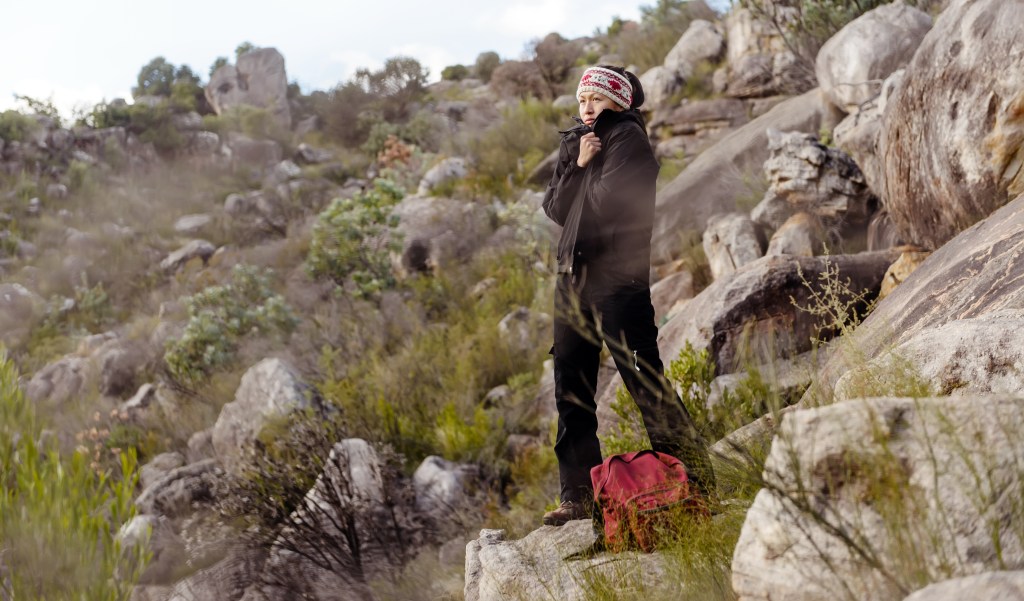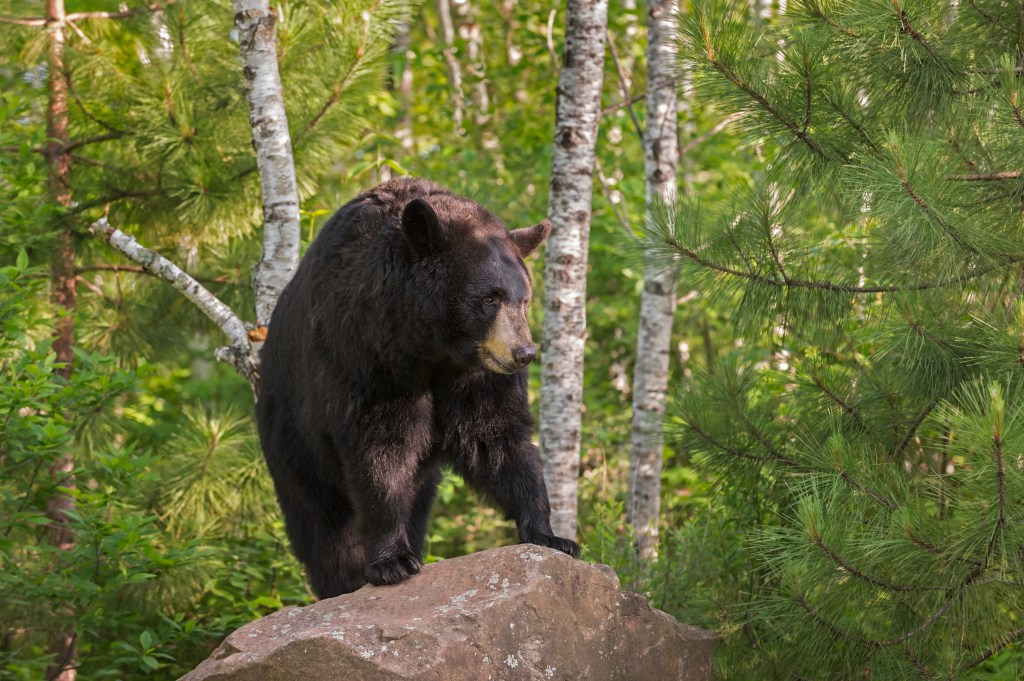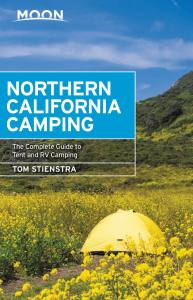Wilderness Safety in Northern California
Northern California is a treasure trove of natural beauty and a region filled with opportunities for outdoor adventure, from afternoon hikes along the coast to multi-day backpacking treks in the mountains. No matter what calls you to the great outdoors, it’s important to prepare yourself to stay safe.
If you’re planning a backcountry expedition, follow all rules and guidelines for obtaining wilderness permits and for self-registration at trailheads. These are important safety measures to let the rangers know roughly where you plan to be and when to expect you back. National and state park visitors centers can advise in more detail on any health or wilderness alerts in the area. It is also advisable to let someone outside your party know your route and expected date of return.

Extreme Temperatures
Being out in the elements can present its own set of challenges. Despite Northern California’s relatively mild climate, heat exhaustion and heat stroke can affect anyone during the hot summer months, particularly during a long strenuous hike in the sun. Common symptoms include nausea, lightheadedness, headache, or muscle cramps. Dehydration and loss of electrolytes are the common causes of heat exhaustion. If you or anyone in your group develops any of these symptoms, get out of the sun immediately, stop all physical activity, and drink plenty of water. Heat exhaustion can be severe, and if untreated can lead to heat stroke, in which the body’s core temperature reaches 105°F. Fainting, seizures, confusion, and rapid heartbeat and breathing can indicate the situation has moved beyond heat exhaustion. If you suspect this, call 911 immediately.
Similar precautions hold true for hypothermia, which is caused by prolonged exposure to cold water or weather. For many in California, this can happen on a hike or backpacking trip without sufficient rain gear, or by staying too long in the ocean or another cold body of water without a wetsuit. Symptoms include shivering, weak pulse, drowsiness, confusion, slurred speech, or stumbling. To treat hypothermia, immediately remove the wet clothing, cover the person with blankets, and feed them hot liquids. If symptoms don’t improve, call 911.
Altitude
You don’t have to be outdoors to suffer from altitude sickness. A flu-like illness, it can affect anyone who has made a quick transition from low to high elevation. It occurs most commonly above 8,000 feet, but some individuals suffer at lower elevations. Headaches are the most common symptom, followed by nausea, dizziness, fatigue, and even the swelling of hands, feet, and face. Symptoms either go away once the individual has acclimated to the thinner air and lower oxygen levels or they don’t, requiring either medical attention or a return to lower elevation. To prevent altitude sickness, avoid any strenuous exercise, including hiking, for the first 24 hours of your stay. Drinking alcohol also exacerbates altitude sickness because it can cause dehydration.
Wildlife
Many places are still wild in California, making it important to use precautions with regard to wildlife. While California no longer has any grizzly bears, black bears thrive and are often seen in the mountains foraging for food in the spring, summer, and fall. Black bears certainly don’t have the size or reputation of grizzlies, but there is good reason to exercise caution. Never get between a bear and her cub, and if a bear sees you, identify yourself as human by waving your hands above your head, speaking in calm voice, and backing away slowly. If a bear charges, do not run. One of the best precautions against an unwanted bear encounter is to keep a clean camp, store all food in airtight bear-proof containers, and strictly follow any guidelines given by the park or rangers.

Even more common than bears are mountain lions, which can be found in the Sierra foothills, the Coast Range, grasslands, and forests. Because of their solitary nature, it is unlikely you will see one, even on long trips in the backcountry. Still, there are a couple things to remember. If you come across a kill, probably a large partly eaten deer, leave immediately. And if you see a mountain lion and it sees you, identify yourself as human, making your body appear as big as possible, just as with a bear. And remember: Never run. As with any cat, large or small, running triggers a mountain lion’s hunting instincts. If a mountain lion should attack, fight back; cats don’t like to get hurt.
The other treacherous critter in the backcountry is the rattlesnake. They can be found in summer in generally hot and dry areas from the coast to the Sierra Nevada. When hiking in this type of terrain—many parks will indicate if rattlesnakes are a problem in the area—keep your eyes on the ground and an ear out for the telltale rattle. Snakes like to warn you to keep away. The only time this is not the case is with baby rattlesnakes that have not yet developed their rattles. Unfortunately, they have developed their fangs and venom, which is particularly potent. Should you get bitten, seek immediate medical help.
Mosquitoes can be found throughout the state, particularly in the Central Valley and the Sierra Nevada. At higher elevations they can be worse, prompting many hikers and backpackers to don head nets and apply potent repellents, usually DEET. The high season for mosquitoes in this area is late spring-early summer, at the end of snowmelt when there is lots of still freshwater in which to multiply. In the Central Valley, there has been concern over West Nile virus, which can cause nausea, diarrhea, and fever for 3-6 days. In very rare cases, the illness becomes more serious, and medical attention becomes necessary.
Ticks live in many of the forests and grasslands throughout the state, except at higher elevations. Tick season generally runs late fall-early summer. If you are hiking through brushy areas, wear pants and long-sleeve shirts. Ticks like to crawl to warm moist places (armpits are a favorite) on their host. If a tick is engorged, it can be difficult to remove. There are two main types of ticks found in Northern California: dog ticks and deer ticks. Dog ticks are larger, brown, and have a gold spot on their backs, while deer ticks are small, tear-shaped, and black. Deer ticks are known to carry Lyme disease. While Lyme disease is relatively rare in California—there are more cases in the northernmost part of the state—it is very serious. If you get bitten by a deer tick and the bite leaves a red ring, seek medical attention. Lyme disease can be successfully treated with early rounds of antibiotics.

There is only one major variety of plant in California that can cause an adverse reaction in humans if you touch the leaves or stems: poison oak, a common shrub that inhabits forests throughout the state. Poison oak has a characteristic three-leaf configuration, with scalloped leaves that are shiny green in the spring and then turn yellow, orange, and red in late summer-fall. In fall the leaves drop, leaving a cluster of innocuous-looking branches. The oil in poison oak is present year-round in both the leaves and branches. Your best protection is to wear long sleeves and long pants when hiking, no matter how hot it is. A product called Tecnu is available at most California drugstores—slather it on before you go hiking to protect yourself from poison oak. If your skin comes into contact with poison oak, expect an itchy, irritating rash. Poison oak is also extremely transferable, so avoid touching your eyes, face, or other parts of your body. Calamine lotion can help, and in extreme cases a doctor can administer cortisone to help decrease the inflammation.
Related Travel Guides
